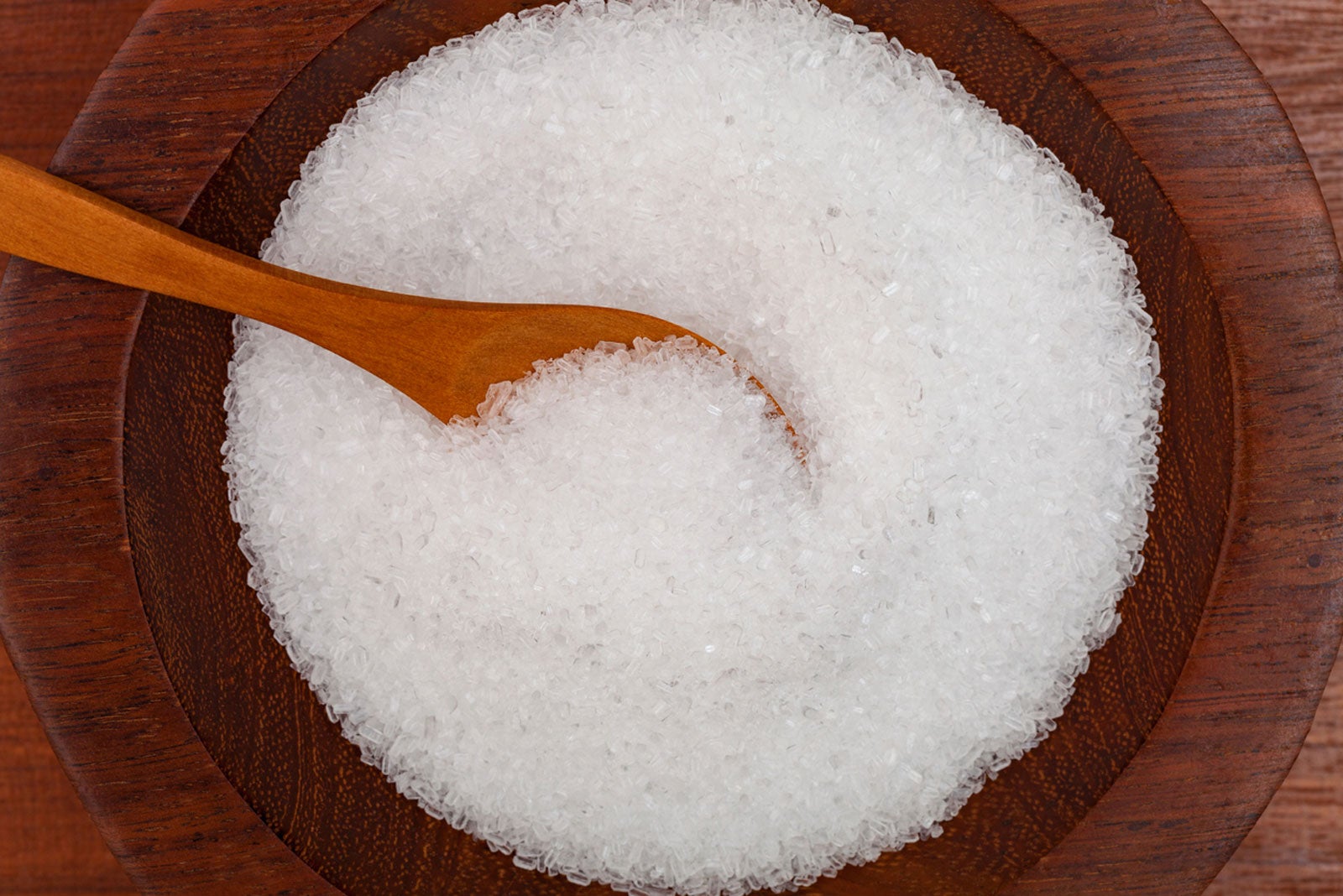Explore Why Some Plants Turn Down Epsom Salt as a Nutrient Source
In the complex globe of plant nutrition, the denial of Epsom salt as a practical nutrient resource by some plants postures an intriguing problem. The factors behind this selective behavior dive right into an intricate interplay of plant absorption mechanisms, the special chemical framework of Epsom salt, and plant-specific nutrient choices.
Plant Absorption Devices
In diving right into the detailed realm of plant absorption devices, it becomes obvious that the procedure is controlled by an advanced interaction of physiological dynamics and molecular pathways. Plants absorb nutrients largely with their origins, using numerous transportation systems to uptake vital components such as nitrogen, magnesium, phosphorus, and potassium. Magnesium, an important part in chlorophyll synthesis and enzyme activation, plays a vital duty in plant development and growth.
The absorption of magnesium includes numerous actions, beginning with its schedule in the soil service. When dissolved, magnesium ions are used up by plant roots with details transportation proteins installed in the cell membrane layers. These proteins assist in the activity of magnesium throughout the origin cell walls and into the plant's vascular system, where it is then distributed to various cells to sustain various physiological functions.
Comprehending the intricate devices behind magnesium absorption in plants sheds light on just how this crucial nutrient adds to overall plant health and wellness and efficiency. By enhancing magnesium uptake paths, farmers can boost plant yields and high quality, emphasizing the value of comprehending plant absorption characteristics for lasting agriculture practices.
Epsom Salt Chemical Framework
The chemical structure of Epsom salt, likewise understood as magnesium sulfate heptahydrate, reveals a distinctive setup of aspects that add to its one-of-a-kind residential or commercial properties and applications - what plants don't like epsom salt. Epsom salt is made up of magnesium (Mg), sulfur (S), oxygen (O), and hydrogen (H) atoms. The formula MgSO4 · 7H2O shows that each particle is composed of one magnesium atom, one sulfur atom, four oxygen atoms, and 14 hydrogen atoms. The visibility of water molecules in its framework adds to its solubility in water. The seven water particles are freely bonded to the magnesium sulfate compound, permitting it to liquify quickly in water and be conveniently taken up by plants with their origins.
The crystal framework of Epsom salt creates monoclinic prisms, which are lengthened crystals with parallel ends. This crystal form influences the physical homes of Epsom salt, such as its structure and solubility. Recognizing the chemical framework of Epsom salt is crucial for understanding its behavior as a nutrient resource and its interactions with plants in gardening and farming practices.
Plant-Specific Nutrient Preferences
Plants exhibit distinctive preferences for particular nutrients, highlighting the value of comprehending their individual demands for ideal development and growth. Recognizing these plant-specific nutrient preferences is crucial for making best use of plant returns, boosting decorative plant development, and advertising general plant health and wellness.

Plant-specific nutrient choices can additionally differ based upon whether the plant is a monocot or dicot. Monocots, such as lilies and yards, have various nutrient demands contrasted to dicots like roses and tomatoes. Additionally, certain plants might show certain shortages or poisonings when subjected to poor or excess degrees of specific nutrients. By tailoring nutrient check my site supplementation to meet the accurate needs of each plant types, farmers can maximize plant growth, reduce nutrition waste, and support lasting agricultural techniques.

Soil Ph and Nutrient Uptake
Dirt pH plays a crucial duty in establishing the accessibility of crucial nutrients for plant uptake. Acidic soils with a reduced pH are beneficial for plants like blueberries and azaleas, while alkaline dirts with a higher pH match plants such as lilacs and clematis.
Dirt pH affects the chemical forms of nutrients in the soil. In acidic dirts, nutrients like aluminum, manganese, and iron can come to be a lot more readily available, however too much level of acidity can result in poisoning problems. On the various other hand, alkaline soils might limit the schedule of nutrients like copper, iron, and zinc, affecting plant development. Keeping the suitable pH level in the dirt is necessary for ensuring that plants can efficiently uptake the required nutrients for their healthy development and efficiency.
Hereditary Consider Nutrient Uptake
In the world of plant nutrition, the interaction of genetic variables dramatically influences the uptake of essential nutrients important for plant growth and advancement. Hereditary aspects play an essential function in forming a plant's ability to take in and utilize nutrients effectively.
Moreover, hereditary variables additionally identify the efficiency of nutrient uptake devices within plants. Some plants might possess genetic qualities that enhance their capability to feed on nutrients from the soil effectively, offering them a competitive benefit in nutrient-poor environments. On the various other hand, hereditary variants can likewise result in constraints in nutrient uptake, ensuring plants more prone to deficiencies also when nutrients are bountiful in the soil.
Understanding how genetic variables influence nutrient uptake is essential for developing methods to maximize plant nutrition and improve plant productivity in various agricultural setups. By unwinding the hereditary mechanisms associated with nutrient uptake, researchers can work towards creating genetically boosted plant varieties with enhanced nutrition purchase capabilities.
Verdict

In the intricate world of plant nutrition, the denial of Epsom salt as a sensible nutrient resource by some plants poses a fascinating problem. what plants don't like epsom salt. Comprehending these plant-specific nutrient preferences is important for maximizing crop yields, improving decorative plant growth, and advertising total plant wellness
By customizing nutrient supplements to satisfy the specific demands of each plant types, growers can enhance plant about his development, decrease nutrition waste, and assistance sustainable farming techniques.
In the realm of plant nourishment, the interplay of hereditary elements significantly influences the uptake of vital nutrients critical for plant development and growth. Understanding these intricacies in plant nutrient uptake is vital for enhancing plant growth and health in farming practices.